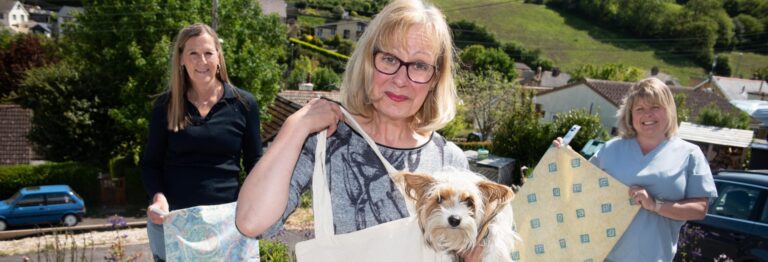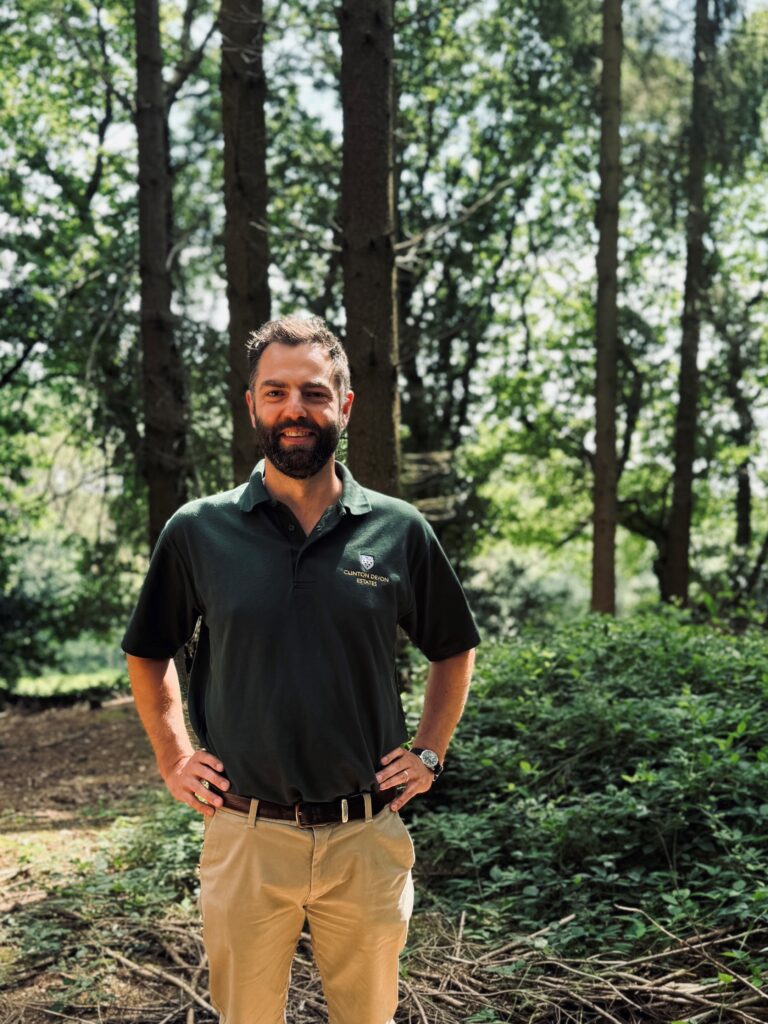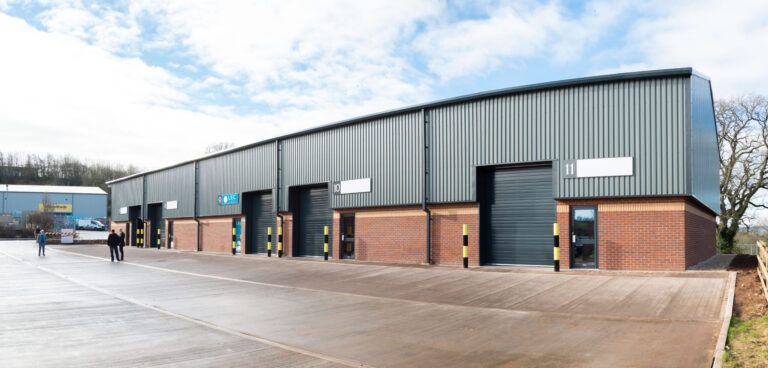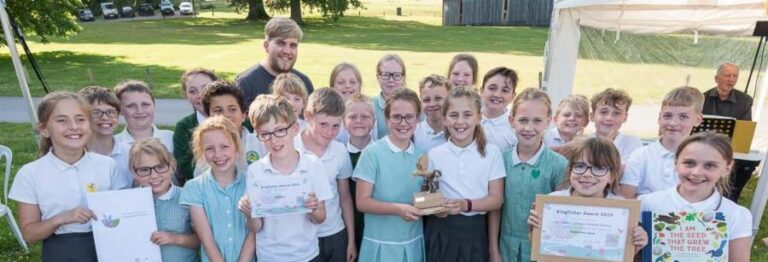‘Citizen scientists’ play key role in helping Devon fish populations thrive into the future
New data gathered by volunteers in East Devon suggests fish populations could thrive as part of the Lower Otter Restoration Project (LORP).
Local residents have been taking part in an ongoing ‘citizen science’ project with the East Devon Pebblebed Heaths Conservation Trust and Clinton Devon Estates, helping to carry out fish surveys that form part of the Project PACCo (Promoting Adaptation to Changing Coasts) environmental monitoring work in the Lower Otter Estuary.
LORP is a landscape-scale climate adaptation scheme to address the impact of climate change, by returning the Lower Otter estuary and flood plain to a more natural condition. Its benefits include the re-creation of 55 hectares of intertidal habitats, including mudflat and saltmarsh which provide a home for numerous rare and endangered native and migratory species.

Along with the Saâne Valley in Normandy, France, the estuary is one of two pilot sites where 100 hectares of coastal wetland will be restored under Project PACCo. The aim of PACCo is to demonstrate that it is possible for coastal communities to deliver a range of benefits for people and the environment, by adapting pre-emptively to climate change. Led by the Environment Agency, this project lasting over 3 years has a budget of €25.7m, of which €17.8m in funding has been provided by the European Regional Development Fund, via the Interreg France (Channel) England Programme. The project is also part-funded by the Environment Agency.
Volunteers have recently returned to the estuary and saltmarsh areas of the River Otter to continue gathering important baseline data, under the watchful eye of marine fisheries management consultant and marine lead for the Institute of Fisheries Management (IFM), Steve Colclough, a recognised UK expert in the field.
This data will be used as a baseline from which to inform how fish will hopefully thrive in the new saltmarsh area that will be created in 2023, when the embankment of the estuary is breached, as part of the LORP and PACCo schemes.
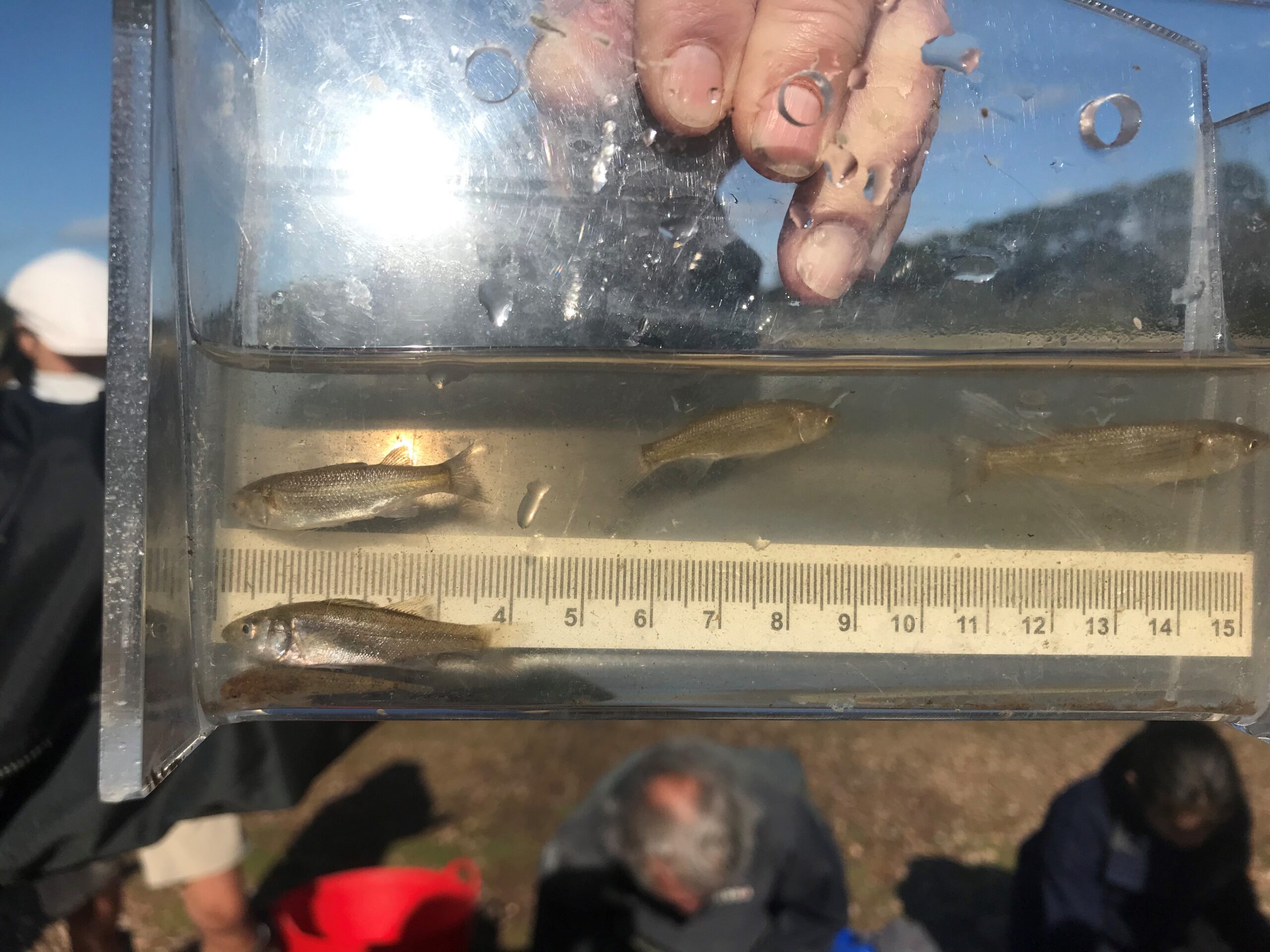
Steve said the signs are positive. In the latest survey, carried out in late July, similar species of fish were identified at the site, but were smaller, as this year the monitoring was taking place earlier in their life cycle.
“It’s what we expected to find, but what this did demonstrate was that they had spent the whole summer in this environment and shows how critically important the area is as a marine nursery ground,” said Steve, who will lead another monitoring session at the end of September.
Steve continued: “Sadly, we have removed 80 percent of saltmarshes around western Europe over the past 200 years through land claim and sea defence work. Now we have the exciting potential, through this restoration project, to create a new saltmarsh as it was two centuries ago.
“The baseline data we have gathered so far suggest fish will thrive, but it’s not just beneficial for the fish and other wildlife. A new piece of saltmarsh is ten times as good as a piece of woodland for sucking carbon out of the atmosphere.”
Steve first joined volunteers working with the East Devon Pebblebed Heaths Conservation Trust/Clinton Devon Estates last September, when the initial two-day monitoring was carried out on the River Otter, which was also designated a Marine Conservation Zone in 2019.
Over two days they netted a number of fish species, including mullet, bass, pollock, plaice and an abundance of common gobies.

During several training sessions, Steve has taught the volunteers the importance of estuarine areas to fish populations, how they use tidal flows to feed in intertidal habitats and how to identify certain fish species. They were also shown how to safely deploy both fyke and seine netting to catch fish for measuring.
Steve said the monitoring has also shown the strength of ‘citizen science’ in helping advance scientific study. As it has grown in popularity, he says the government is now seriously looking at providing additional support for projects moving forward.
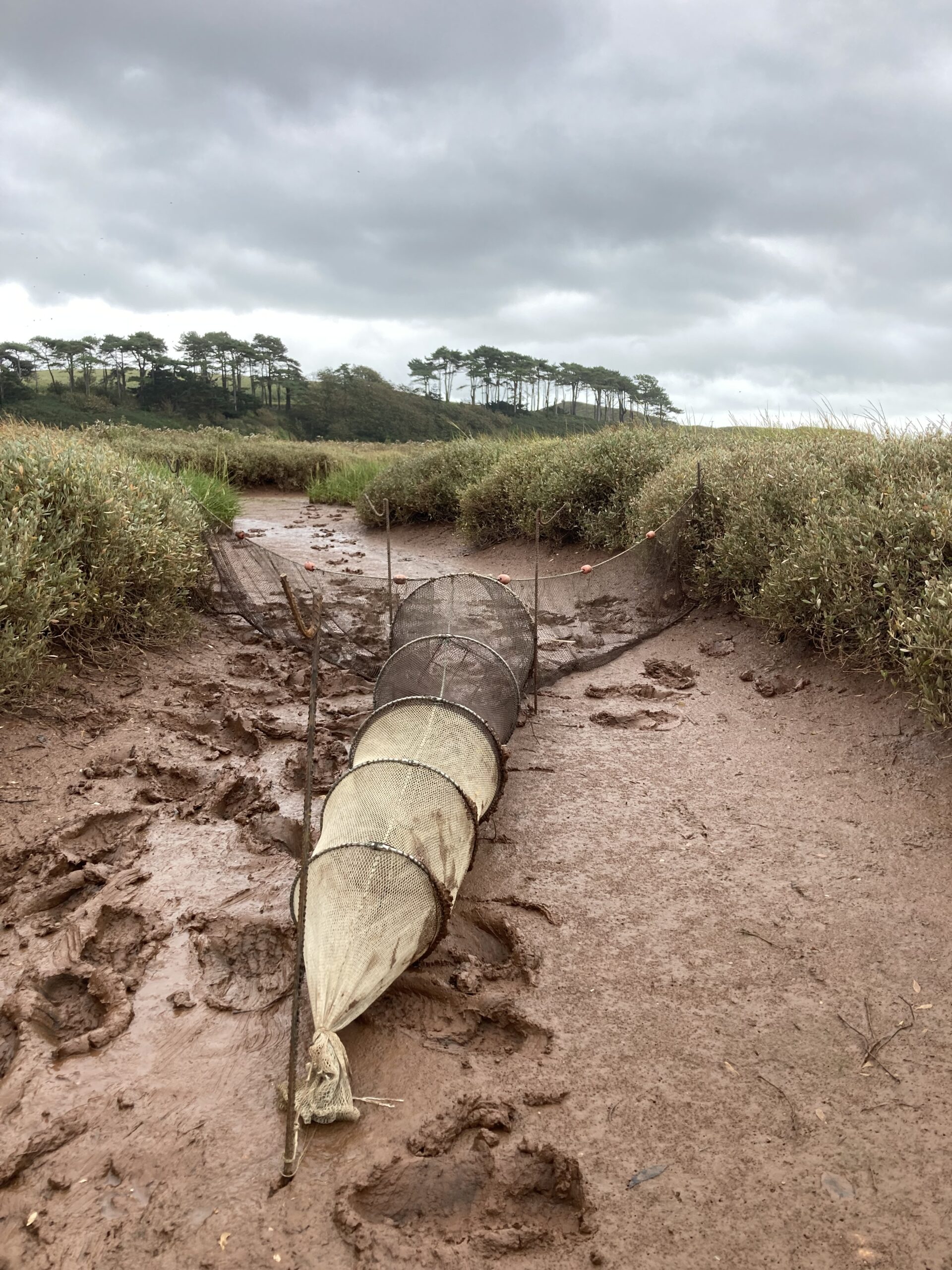
Steve added: “These are local people who care about their local environment and you get a real sense of their commitment. The East Devon Pebblebed Heaths Conservation Trust and Clinton Devon Estates have a long-range plan to carry on this survey work themselves, now they have the trained volunteers to do it. The IFM will continue to support such citizen science programmes going forward.”
Patricia Hitchcock, who lives in Budleigh Salterton, spotted the opportunity for volunteers on social media. She and her husband Brian fish from a canoe off their local beach and she was keen to do what she could to help the local fish population thrive.
“I have really enjoyed learning new skills and it’s very much ‘hands on’ too which I prefer,” said Patricia, who has taken part in all the sessions so far, and will join the next survey this month.
“I like the social side too, meeting new people. They call me the scribe as I write down all the figures for the fish count and then transfer them to a spreadsheet for Steve.”
Established in 2014, LORP is a partnership between landowner Clinton Devon Estates, the Estate’s East Devon Pebblebed Heaths Conservation Trust, the Environment Agency and Kier.
Kendal Archer, PACCo Environmental Project Manager for the East Devon Pebblebed Heaths Conservation Trust said that the embankment breach is a key element of the overall LORP and PACCo projects.
“It will recreate significant areas of intertidal habitat, which it’s hoped will result in increasing numbers, and maybe species, of fish using the Lower Otter estuary as a nursery and for feeding and shelter,” said Kendal.
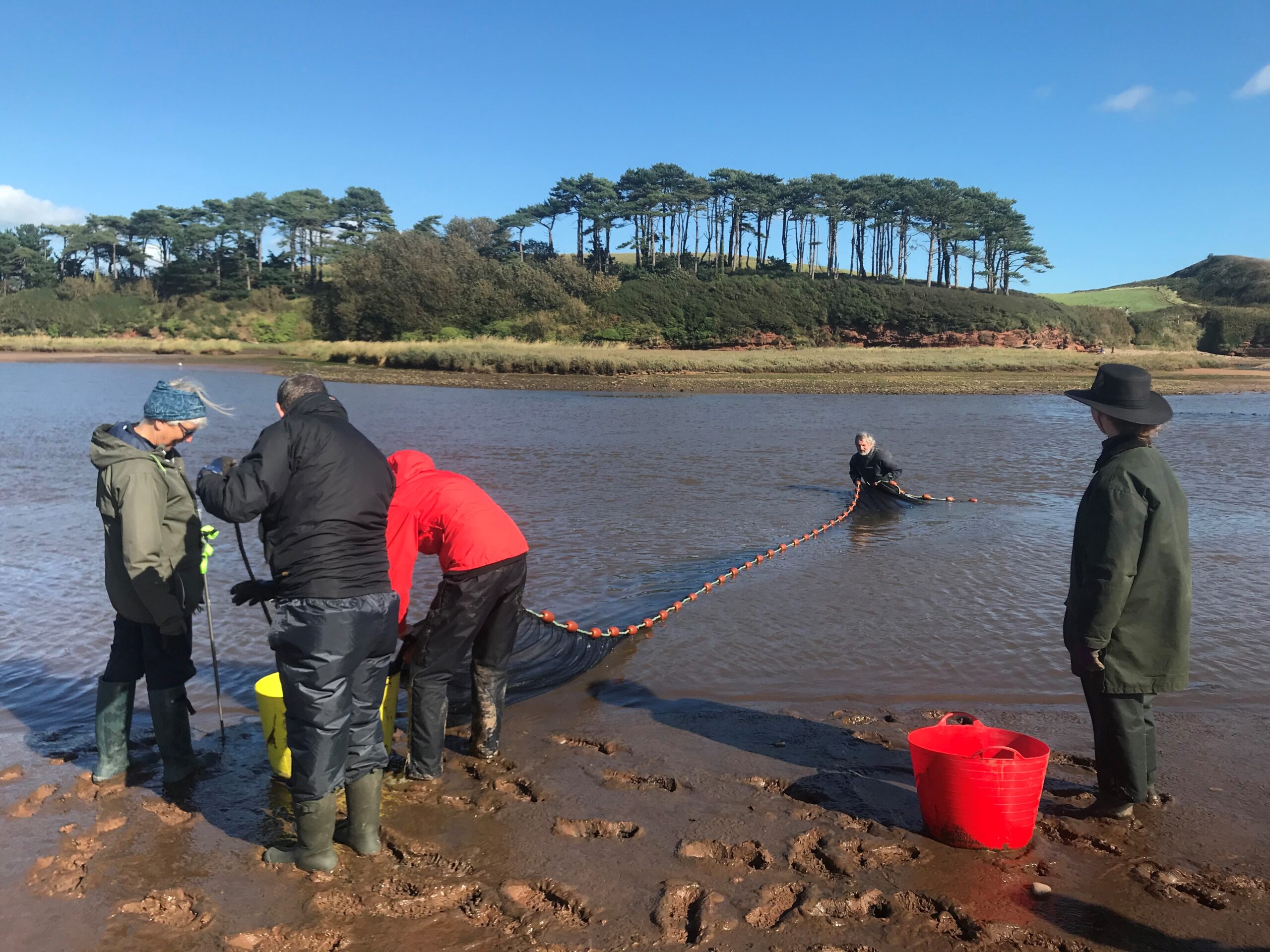
“Increasing the fish population in this way has a wider importance for wildlife, birdlife and biodiversity as a whole, as well as the socio-economic fabric of the area.
Kendal also paid tribute to the volunteers who had joined the project, adding: “Citizen science formed an important part of the fish monitoring and will continue to do so.”
Other aims of the project include maintaining and securing existing public footpaths, some of which form part of the South West Coast Path, and working with tenant farmers from Clinton Devon Estates to adjust existing land use to make the project possible.

